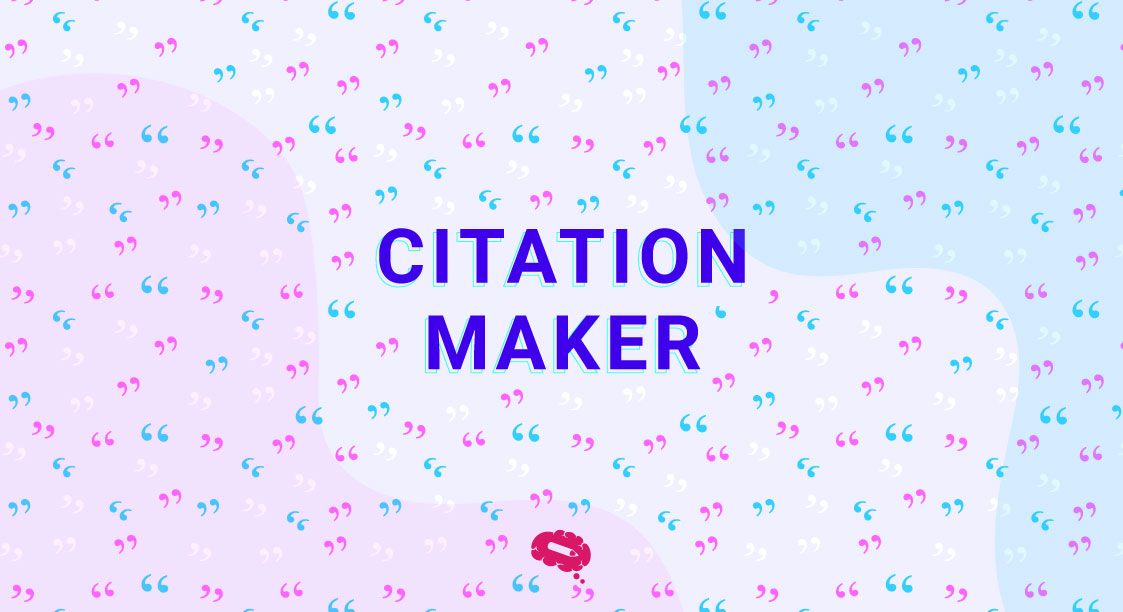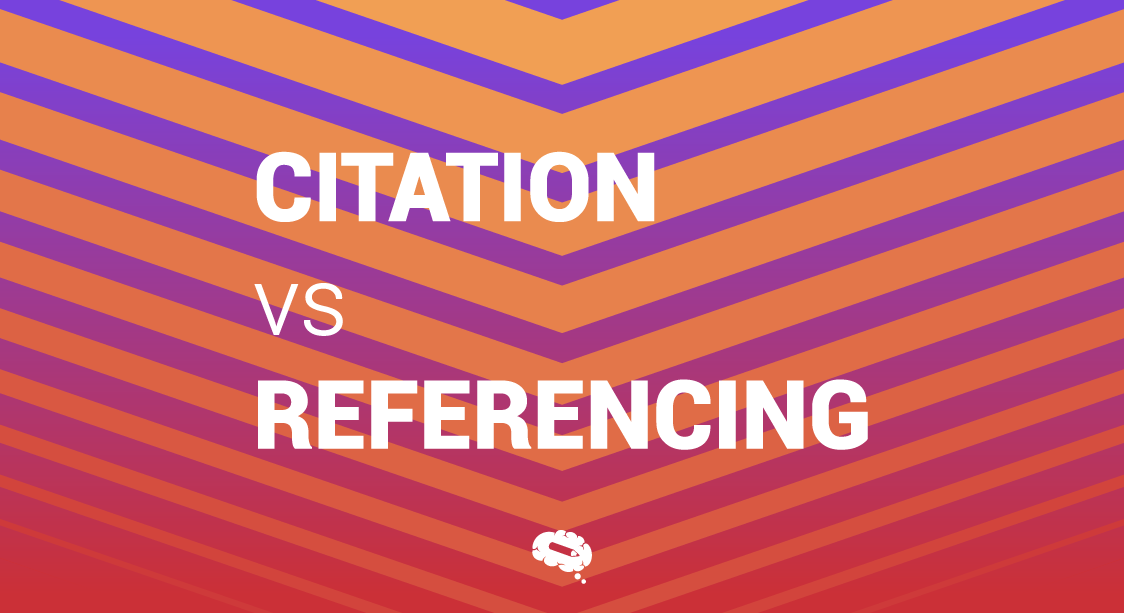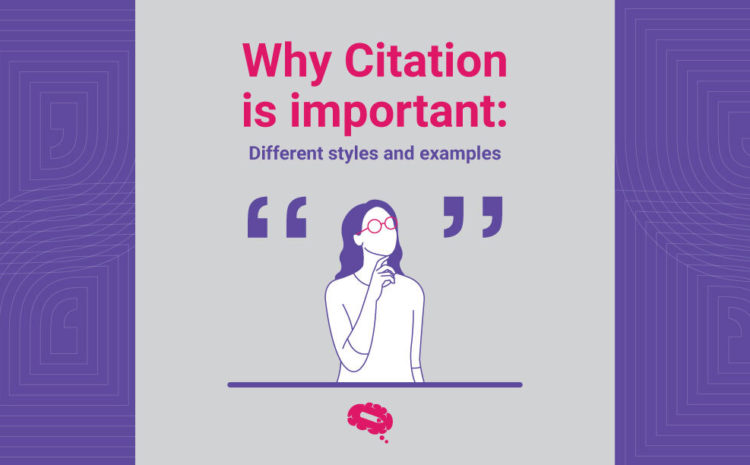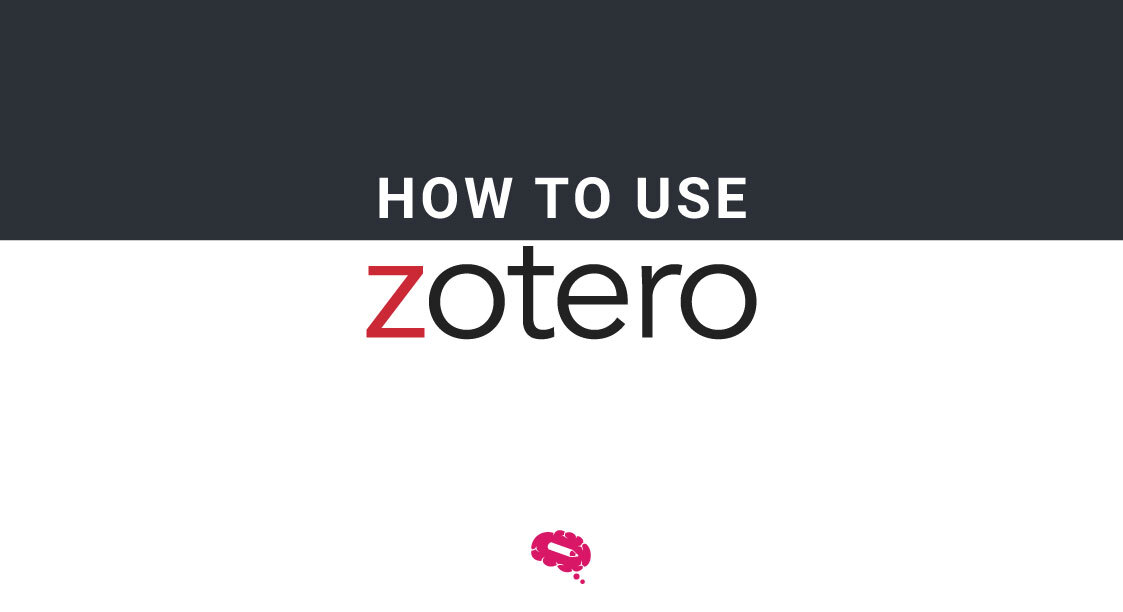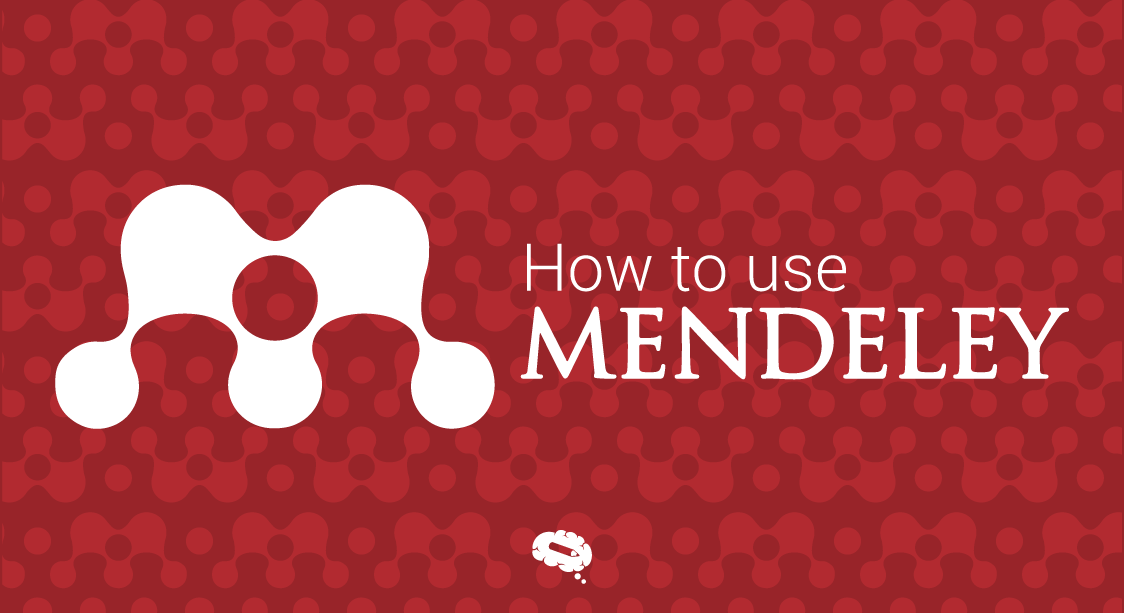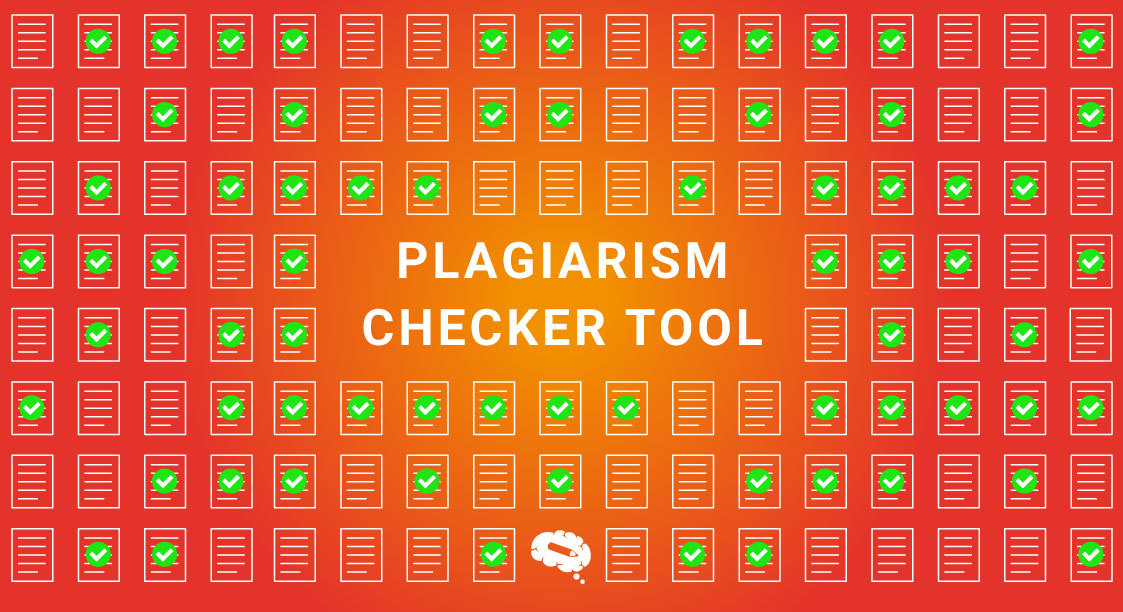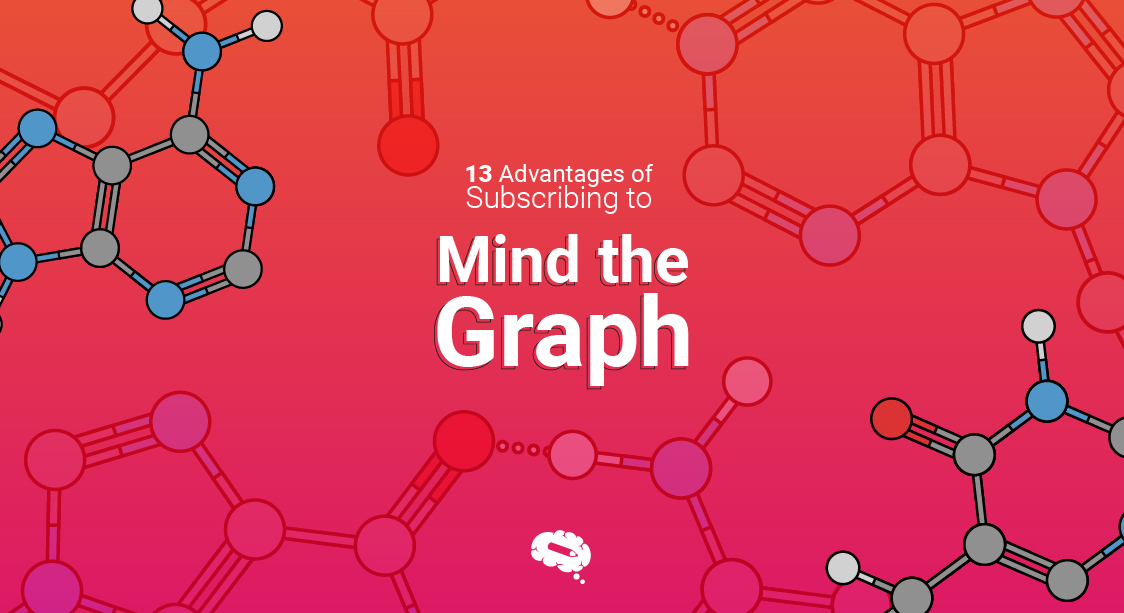Whenever you are writing a research paper, the most tedious process is not the research or the documentation, rather it is the citation that gives us enormous headaches.
For å få bukt med dette finnes det et eget verktøy som heter Sitatmaker. It is designed to help you create accurate citations for various types of documents, such as books, articles, websites, and more. If you are just getting started, no worries as this article will cover everything related to Citation Maker. So, sit tight and relax!
Hvorfor bruke et sitatverktøy?
Ved å bruke en kildehenvisningsmaskin kan du spare tid og sikre at referansene dine er korrekt formatert i henhold til den påkrevde stilveiledningen, for eksempel APA, MLA, eller Chicago.
Følg disse enkle trinnene for å bruke en kildehenvisningsmaskin:
- Velg henvisningsstilSelect the citation style you need for your document. This could be APA for scientific papers, MLA for humanities, or Chicago for history and social sciences.
- Skriv inn kildeinformasjonen din: Enter the details of the source you are citing. This usually includes the author’s name, title of the work, publication date, and other relevant information.
- Generer henvisningen: Når du har fylt ut den nødvendige informasjonen, formaterer sitatverktøyet automatisk sitatet i henhold til den valgte stilen. Du får en korrekt formatert kildehenvisning som du kan kopiere og lime inn i dokumentet ditt.
Using a citation maker ensures that your references are consistent and accurate, which is crucial for academic and professional writing. It simplifies the often tedious process of creating citations, allowing you to focus on the content of your work.
Forståelse av sitater
Viktigheten av å oppgi kilder
Kildehenvisninger er et grunnleggende aspekt ved akademisk og profesjonell skriving. Her er hvorfor det er viktig:
- Unngå plagiering: Korrekt kildehenvisning gir kreditt til de opprinnelige forfatterne og unngår plagiatDet er en uetisk praksis å presentere andres arbeid eller ideer som sine egne.
- Etablering av troverdighet: Kildehenvisninger styrker argumentasjonen din og viser at arbeidet ditt er godt undersøkt. Det viser at du har konsultert autoritative kilder og basert konklusjonene dine på pålitelige bevis.
Les også: Verktøy for plagiatkontroll: Sikre originalitet i det du skriver
Typer av henvisninger
Ulike fagområder og disipliner krever ulike sitatstiler. Her er noen av de mest brukte:
- American Psychological Association (APA): Mye brukt i samfunnsvitenskapene, APA-stil fokuserer på forfatter-datoformatet, noe som gjør det enkelt å se hvor nye kildene er.
- Modern Language Association (MLA): Brukes ofte innen humaniora, særlig litteratur- og språkstudier, MLA-stil legger vekt på forfatter-sidenummer-formatet, som hjelper leserne med å finne den nøyaktige delen av kilden det refereres til.
- Chicago Manual of Style (Chicago): Brukes i historie og enkelte samfunnsvitenskapelige fag. Chicago-stil tilbyr to systemer: Notes og Bibliografi systemet for humaniora, og Author-Date-systemet for naturvitenskap. Den inneholder omfattende retningslinjer for formatering og sitering.
Understanding the importance of citing sources and familiarizing yourself with different citation styles ensures that your work is ethical, credible, and adheres to academic standards.
Hvordan velge sitatmaker?
Når du skal velge en kildehenvisningsmaskin, bør du ta hensyn til disse viktige funksjonene:
Et utvalg av stiler
Sørg for at siteringsverktøyet støtter et bredt spekter av sitatstiler som APA, MLA, Chicago, Harvard og flere. Denne allsidigheten er viktig, spesielt hvis du jobber på tvers av ulike fagfelt eller akademiske disipliner.
Brukervennlighet
Verktøyet bør være brukervennlig og ha et enkelt grensesnitt. Det bør veilede deg gjennom siteringsprosessen trinn for trinn, slik at det er enkelt å legge inn informasjon og generere nøyaktige siteringer raskt.
Populære sitatprodusenter
Det finnes mange sitatverktøy tilgjengelig på nettet, i tillegg til programvare og apper. Her er noen populære alternativer:
Siteringsverktøy på nett
- EasyBib: Kjent for sitt enkle grensesnitt og støtte for flere siteringsstiler.
- Sitat Maskin: Tilbyr en rekke ulike henvisningsstiler og -formater, noe som gjør det enkelt å lage nøyaktige referanser.
- BibMe: Automatisk generering av kildehenvisninger og støtte for ulike formater, ideelt for studenter og forskere.
Programvare og apper
- Zotero: Et gratis verktøy med åpen kildekode som ikke bare lager kildehenvisninger, men som også hjelper deg med å administrere forskningskilder og organisere referanser.
- EndNote: En omfattende programvare for referansehåndtering som er mye brukt av akademikere og forskere på grunn av sine avanserte funksjoner og integrasjon med tekstbehandlingsprogrammer.
- Mendeley: Kombinerer siteringsgenerering med et verktøy for forskningsadministrasjon, slik at brukerne kan organisere referansene sine og samarbeide med andre.
Les også: Hvordan bruke Mendeley: En omfattende guide for forskere og Slik bruker du Zotero: Optimaliser arbeidsflyten din.
Ved å velge riktig kildehenvisningsprogram kan du effektivisere prosessen med å lage nøyaktige referanser, spare tid og sikre at arbeidet ditt overholder de påkrevde henvisningsstandardene.
Hvordan bruke et sitatverktøy?
Det er enkelt å bruke en kildehenvisningsmaskin. Følg disse trinnene for å sikre at du lager nøyaktige sitater:
- Legge inn kildeinformasjon: Begynn med å samle inn alle nødvendige opplysninger om kilden din. Dette omfatter vanligvis forfatterens navn, verkets tittel, utgivelsesdato, utgiver og URL-adresse hvis det er en nettkilde. Skriv inn denne informasjonen i feltene i kildehenvisningsprogrammet.
- Velge sitatstil: Velg referansestilen du trenger, for eksempel APA, MLA eller Chicago. Referanseverktøyet formaterer referansene dine i henhold til den valgte stilen, noe som sikrer konsistens og nøyaktighet.
Tips for nøyaktige siteringer
For å sikre at sitatene dine er presise og pålitelige, bør du vurdere disse tipsene:
Dobbeltsjekk av genererte sitater
Gå alltid gjennom sitatene som genereres av verktøyet. Selv om kildehenvisninger som regel er nøyaktige, kan de av og til inneholde feil. Kontroller informasjonen opp mot kilden for å sikre at alt er korrekt.
Holde oversikt over kilder
Før opp alle kildene dine etter hvert som du gjør research. Dette hjelper deg med å lage nøyaktige kildehenvisninger og sikrer at du enkelt får tilgang til og kan referere til kildene senere. Verktøy som Zotero eller Mendeley kan hjelpe deg med å organisere og holde oversikt over referansene dine på en effektiv måte.
Ved å følge disse trinnene og tipsene kan du effektivt bruke en kildehenvisningsmaskin for å forenkle prosessen med å lage nøyaktige og konsistente kildehenvisninger for arbeidet ditt.
Relatert artikkel: Sitering vs. referering: Forstå de viktigste forskjellene
Når skal jeg sitere?
Å vite når du skal sitere kilder er avgjørende i akademisk og profesjonell skriving. Her er noen vanlige situasjoner som krever kildehenvisninger:
- Direct Quotes: Når du bruker ordrett en kilde, må du oppgi en kildehenvisning. Dette viser hvor informasjonen stammer fra, og gir æren til den opprinnelige forfatteren.
- Paraphrasing Ideas: Selv om du omskriver andres ideer med dine egne ord, må du likevel oppgi kilden. På den måten anerkjenner du den opprinnelige tenkeren, og leserne kan spore informasjonen tilbake til kilden.
- Bilder og multimedia: Whenever you use images, videos, or other multimedia elements that you did not create yourself, you must cite the original source. This includes photos, charts, graphs, and audio clips.
- Personlig kommunikasjon: Informasjon fra personlig kommunikasjon, for eksempel e-post, intervjuer eller samtaler, bør også siteres. På denne måten gir du personene som har gitt deg informasjonen, den rette æren, og bidrar til å opprettholde integriteten til arbeidet ditt.
Ved å forstå disse scenariene kan du sikre at du krediterer originalkildene på riktig måte og opprettholder akademisk redelighet i det du skriver.
Feilsøking av vanlige problemer i sitater
Feilaktige sitater
Feil i kildehenvisninger kan undergrave troverdigheten til arbeidet ditt. Slik identifiserer og retter du dem:
Hvordan identifisere feil
Gå nøye gjennom hver sitering. Vanlige feil inkluderer feil forfatternavn, feil publiseringsdato eller feil formatering. Kryssjekk opplysningene med originalkilden for å sikre at de er korrekte.
Slik fikser du dem
Hvis du oppdager en feil, kan du korrigere informasjonen i kildehenvisningsprogrammet og generere kildehenvisningen på nytt. Ved manuelle rettelser må du følge reglene i stilguiden (APA, MLA, Chicago osv.) for å sikre at henvisningen er riktig formatert.
Tekniske problemer
Noen ganger kan tekniske problemer forstyrre bruken av sitatprodusenter. Slik håndterer du dem:
Problemer med tilkoblingsmuligheter
Hvis du har problemer med å få tilgang til en nettbasert kildehenvisning, bør du sjekke internettforbindelsen din. Start ruteren på nytt, eller prøv å koble deg til et annet nettverk. Hvis problemet vedvarer, kan du sjekke om nettstedet til kildehenvisningsprodusenten er nede.
Kompatibilitet med enheter
Some citation tools may not work well on certain devices or browsers. Ensure you are using a supported browser and that your device meets the tool’s technical requirements. If problems persist, try using the citation maker on a different device or browser.
Ved å være oppmerksom på disse vanlige problemene og vite hvordan du kan feilsøke dem, kan du sikre en smidigere opplevelse når du bruker sitatprodusenter.
Ved å bruke en kildehenvisningsmaskin kan du forenkle prosessen med å lage nøyaktige og konsistente kildehenvisninger, noe som sparer deg for tid og sikrer at referansene dine følger den påkrevde stilen. Det er viktig å velge et brukervennlig verktøy som støtter flere ulike referansestiler, og å alltid dobbeltsjekke at de genererte referansene er korrekte.
Det er avgjørende å vite når du skal sitere, også i mindre åpenbare tilfeller som multimedia og personlig kommunikasjon. Feilsøking av vanlige problemer, for eksempel feilaktige siteringer og tekniske problemer, sikrer en problemfri opplevelse. Ved å følge disse retningslinjene kan du håndtere siteringene dine på en effektiv måte og opprettholde integriteten til arbeidet ditt.
Vitenskapelige figurer, grafiske sammendrag og infografikk for forskningen din
Finding science figures, graphical abstracts, and infographics for your research online is not always easy. You need to juggle through multiple tools and websites to find the right illustrations and graphs and it becomes extremely tiresome. If you are in a grind to find out the perfect tool, here’s the one-stop solution – Mind the Graph. With 75,000+ illustrations across 80+ fields, Mind the Graph makes your research journey convenient. Sign Up now to learn more.

Abonner på nyhetsbrevet vårt
Eksklusivt innhold av høy kvalitet om effektiv visuell
kommunikasjon innen vitenskap.

